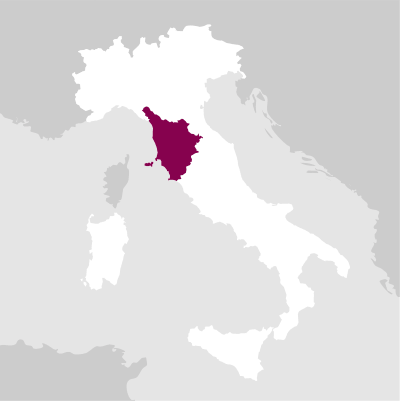Going back to its very beginnings in the 5th and 6th centuries AD, Farnetella was located in an elevated location, known as Castelvecchio, above the current village, where an ancient castle also rose. In the Late Middle Ages, the Conti della Berardenga, a noble family with origins in France, held sway.
They exhibited more interest than did the Lombards in ensuring open communication links with Rome, and perhaps inspired establishment of the Via Francigena. During the most intense historical vicissitudes of the Republic of Siena (1200- 1500), the unique position of Farnetella, on the boundary of the territory it administered, contributed to not a few problems for its inhabitants, who often extended, or more probably were forced to extend, sanctuary to exiles of the opposing political side.
The toponym Farnetella derives from farnia, the English oak (Quecus robur), which grows in great profusion at Farnetella, particularly at Castelvecchio. The coat-of-arms of both the village and the winery display this oak, against a red background; it symbolises strength and longevity.
In 1981 Castello di Farnetella was purchased by the Poggiali family, owner of the Fèlsina farm in Castelnuovo Berardenga.
Castello di Farnetella

創業年份
1981
釀酒師
Franco Bernabei
生產的瓶子
146.000
公頃
56
栽培類型
Organic farming
位置
Strada Siena Bettolle - Sinalunga (SI)

Tuscany
找不到任何產品
使用較少篩選條件或全部移除
使用較少篩選條件或全部移除
-
 92 JSJames Suckling
92 JSJames Suckling
James Suckling is an influential American wine critic and journalist who worked at Wine Spectator for 30 years. He left the magazine in 2010 to start his own website and guidebook (JamesSuckling.com). He specialises in Italian and Bordeaux wines.3 VTVitae AIS
Italian Sommelier Association (AIS) guide90 VOVinous
Vinous is the online guide from Antonio Galloni, one of the world's leading wine connoisseurs.13.0%-17%
定價 HKD93.00定價 HKD93.00 單價 每HKD113.00標示價格: 表示促銷開始前產品的價格售價售罄 -
 13.0%定價 HKD110.00
13.0%定價 HKD110.00定價 HKD110.00 售價 單價 每



